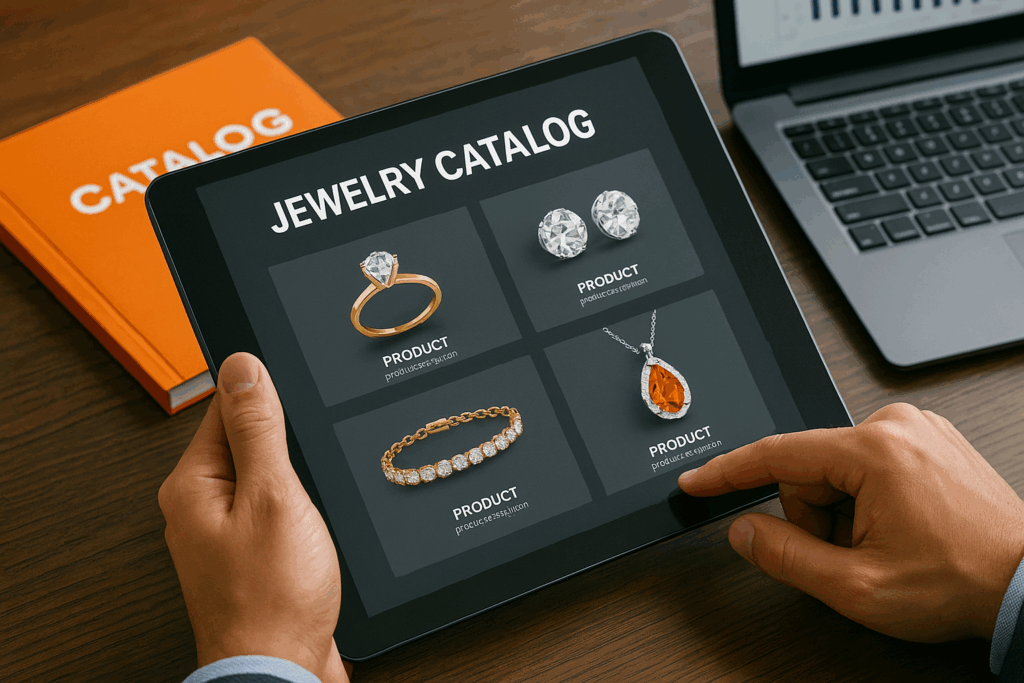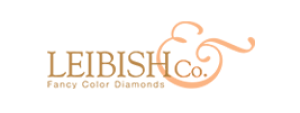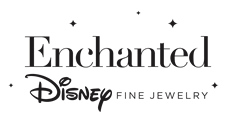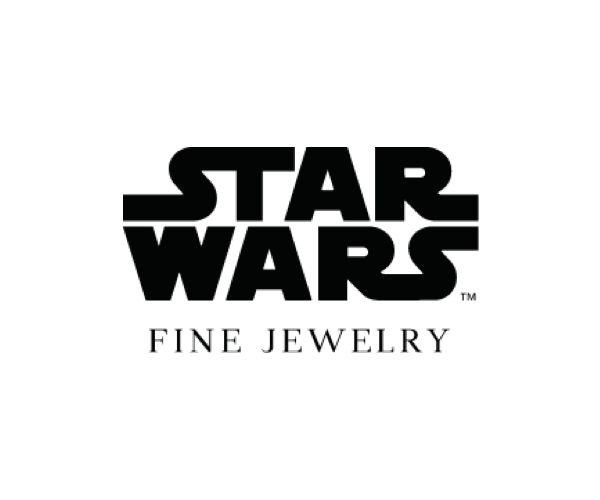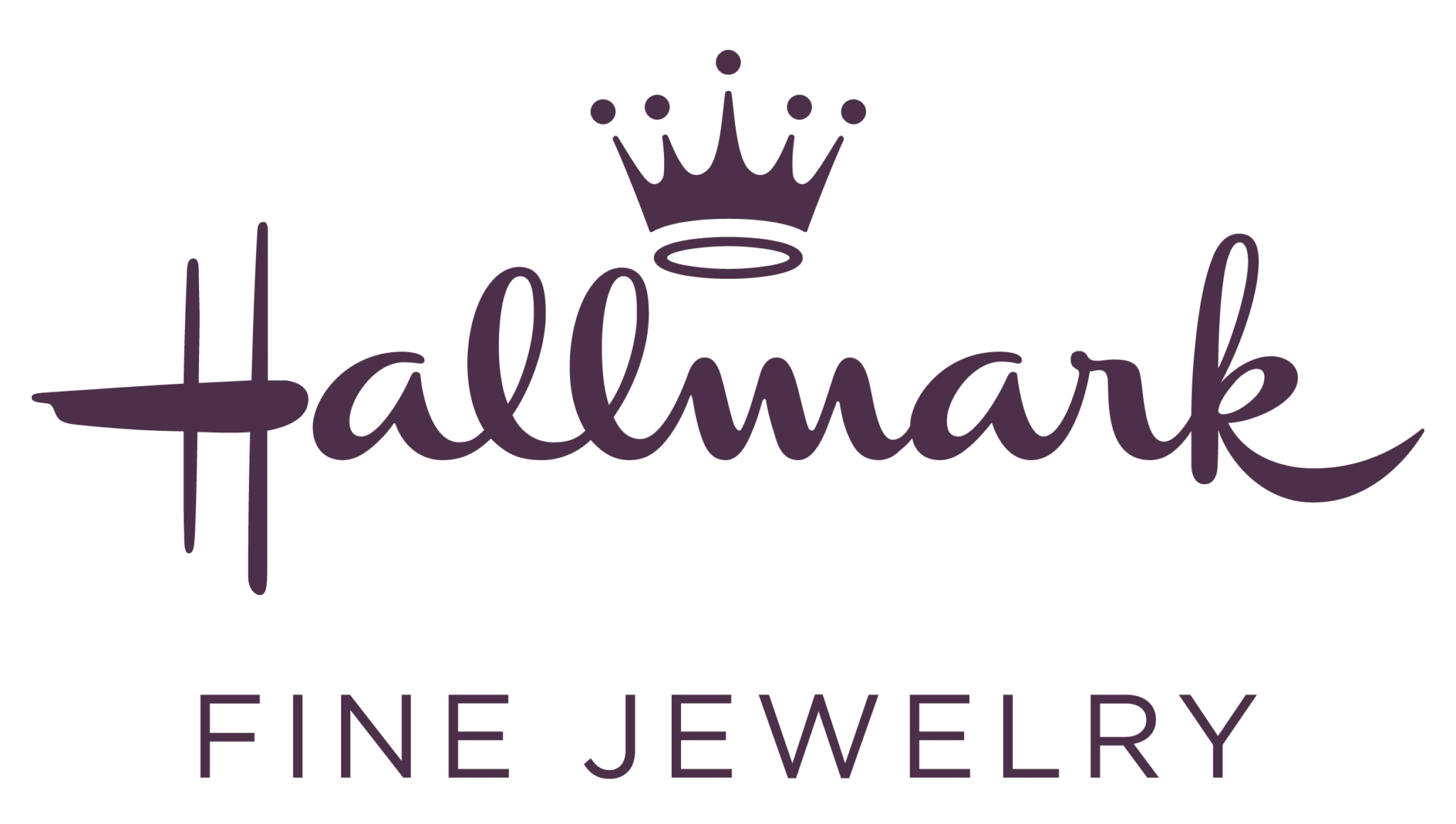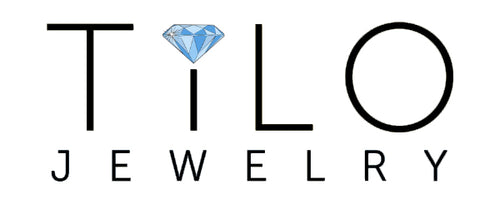Why Digital Catalogs Matter
In jewelry sales, presentation defines perception. A well-structured catalog is not just a visual collection — it’s a professional sales tool that helps jewelers respond faster, present better, and sell smarter.
Digital catalogs bridge the gap between marketing, sales, and inventory, allowing your team to showcase the right products to the right audience at the right time.
A common misunderstanding is that there should be only one jewelry catalog. This is a very shallow understanding of how to use jewelry catalogs. In a regular scenario, jewelers use 5-10, and sometimes up to 100 different jewelry catalogs, each serving a specific case.
Static vs. Dynamic Catalogs
There are two main types of digital catalogs, each serving different business needs:
- Static catalogs include a fixed product selection. They are ideal for seasonal presentations, curated collections, and marketing campaigns such as “Top 25 Jewelry,” “Holiday 2025,” or “New Arrivals.”
- Dynamic catalogs automatically update as your product data changes — prices, availability, or new items. They ensure clients always see current, accurate information without manual effort.
Dynamic catalogs save time, reduce human error, and support multi-channel sales where product data changes daily.
Main Types of Digital Catalogs
General Catalogs
Your foundation catalog — used for introductions, mailing lists, and initial client communication. Can be static (“Our Top-25 Jewelry”) or dynamic (“All Rings,” “All Jewelry”).
Common Request Catalogs
Focused on recurring buyer needs, such as “All Studs,” “Bracelets $100–200,” “1ct CVD Rings.” Updated regularly to reflect new products and trends.
Client-Specific Catalogs
Built for a particular client or reseller. Includes items aligned with their preferences, price points, and materials.
In-Deal Catalogs
Prepared to close a specific deal. For example, your retailer asks what’s most relevant for the coming season — your sales team selects matching items to make the buyer’s decision easy and visual.
Co-Branded Catalogs
Branded for your partners or resellers to use with their clients, incorporating their logo and color palette while keeping your product data intact.
In-Store Catalogs
Optimized for tablets or in-store screens, allowing clients to browse digitally while maintaining your brand’s premium presentation.
Catalogs vs. Website Product Display
While your company website serves as a general storefront, catalogs act as tailored communication tools designed for conversion and precision.
- Personalization and flexibility. Catalogs can include client-specific details — such as personalized pricing, gemstone grades, or order terms — that aren’t appropriate for public websites.
- Different presentation logic. Websites use a single product page layout for everyone. Catalogs allow custom product grouping, filtering, and visual hierarchy — emphasizing what matters most for each buyer.
- Focused selection. A website displays your entire assortment, while a catalog can show only the most relevant products — matching an inquiry, style, or price range — to simplify the buying decision.
In short, while your website introduces your brand, your catalogs close the deals.
Why Catalogs Are Essential Tools
- Speed up responses to buyer requests
- Help sales teams work more efficiently
- Reduce errors caused by outdated product data
- Strengthen brand presentation and consistency
- Support multi-language, multi-currency selling
- Enhance your omnichannel presence (online, offline, and B2B)
Catalog Use by Business Type
Wholesalers
Catalogs play a central role in every stage of jewelry B2B sales:
- Client-specific catalogs — tailored selections with personalized pricing and gemstone details.
- Sales show catalogs — used during trade events or digital exhibitions for quick product reference.
- In-deal catalogs — targeted offers to help clients choose faster and close deals visually.
- Co-branded catalogs — supporting resellers and distributors with ready-to-sell branded materials.
Retailers
Catalogs enhance both online and offline sales performance:
- Upsell catalogs — used in-store or online to suggest matching products or higher-value alternatives. Instead of sending a potential buyer to a website with thousands of SKUs, sending a tailored selection of products increases the chances of closing the deal.
- Sales team catalogs — tablets or in-store screens, allowing consultants to see the internal information, which helps them to close deals better. Recommended price, Allowed price, “Ask the manager” price – supporting technology assures your sales team stays effective.
- In-deal catalogs — tablets or in-store screens, allowing consultants to present the whole collection, even if not physically in stock.
- Customer engagement catalogs — tailored follow-up catalogs that keep clients browsing after the store visit.
Each business type uses catalogs differently — but in both wholesale and retail, they shorten sales cycles and elevate the buying experience.
Catalog Best Practices
To maximize impact, every catalog should be:
- Accurate and synchronized. Link your jewelry catalog directly to your jewelry PIM or product database for live updates.
- Visually consistent. Maintain unified layout, watermark, and logo placement for brand recognition.
- Optimized for sharing. Use formats suitable for email, web link, or presentation (PDF, HTML, or online viewer).
- Image-rich. Jewelry buyers rely heavily on visuals — use clean, professional photos.
- Adapted to target needs. Different audiences may need different data: multilanguage, multi-currency, or customized product titles, fields, and descriptions.
- Purpose-driven. Always define what the catalog is for — marketing, client presentation, or deal closure.
From Static Files to Smart Catalogs
When connected to your product database or jewelry PIM, catalogs become living tools.
Every change — new design, updated price, or revised material — is reflected automatically.
This transforms catalogs from simple PDFs into interactive sales assets that support your daily operations and business growth.
Conclusion
Whether you sell to wholesalers, retailers, or directly to consumers, digital catalogs are the cornerstone of professional jewelry presentation.
They help you transform your product data into a visual experience — and your sales effort into measurable results.


